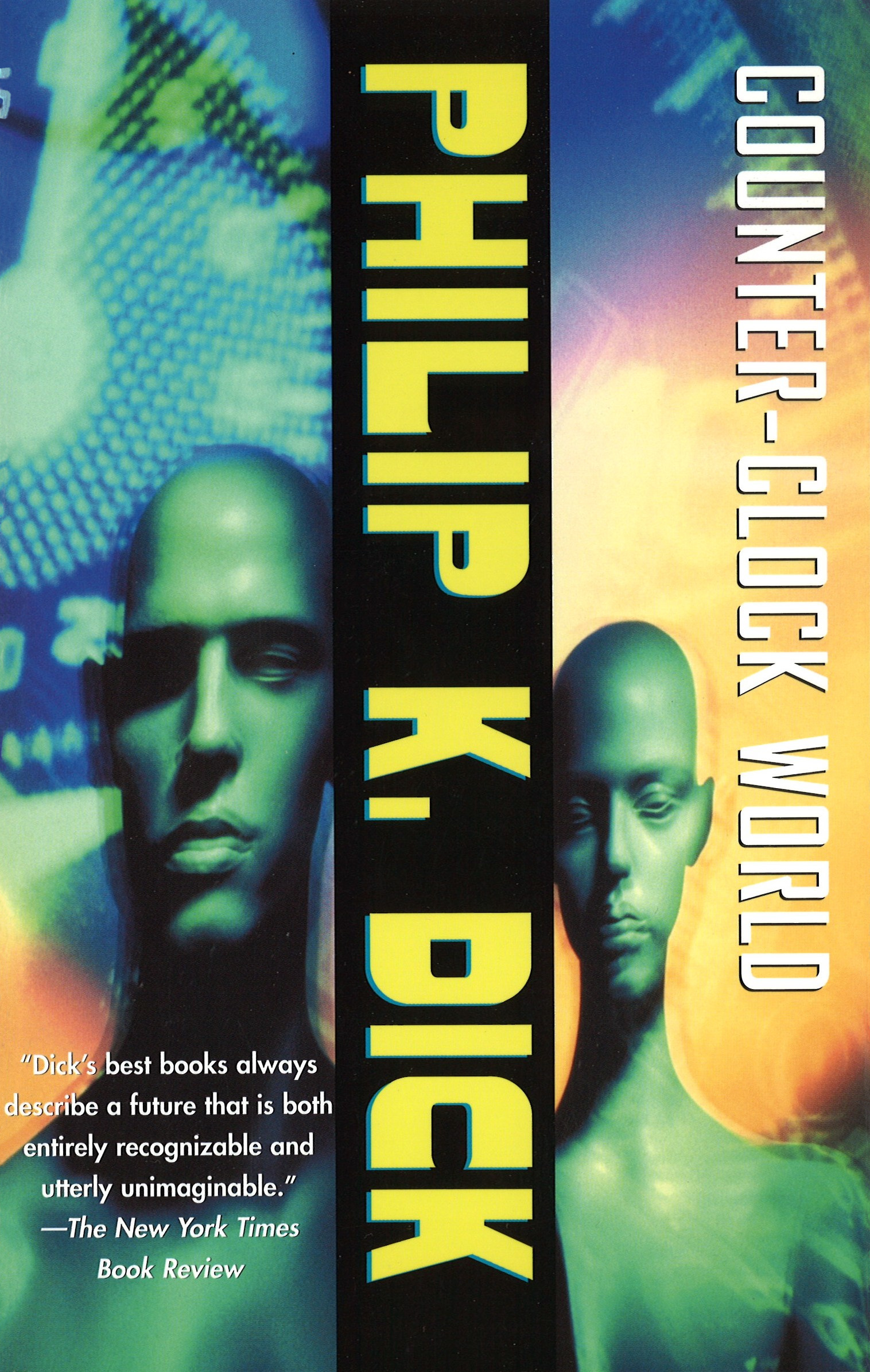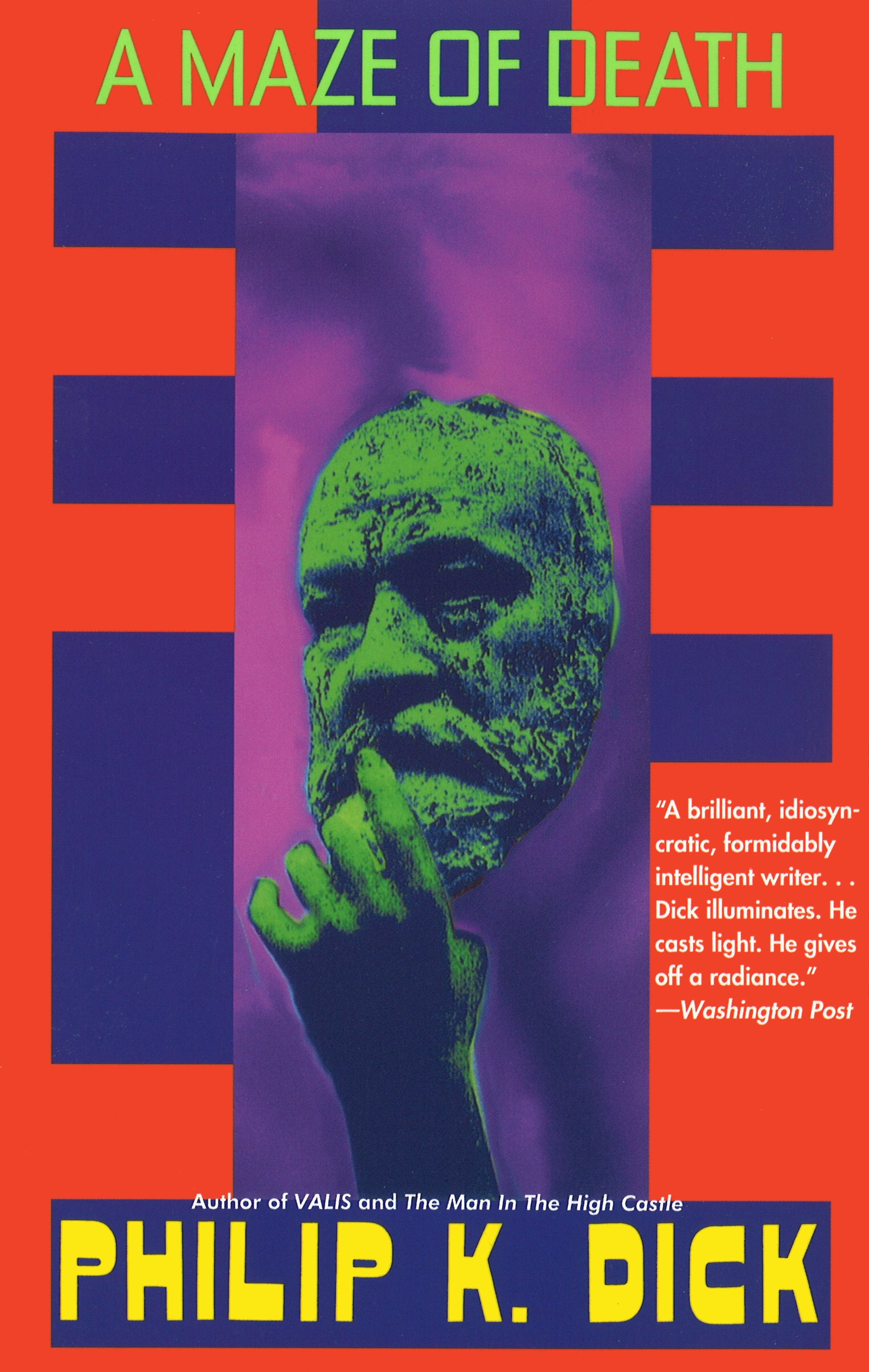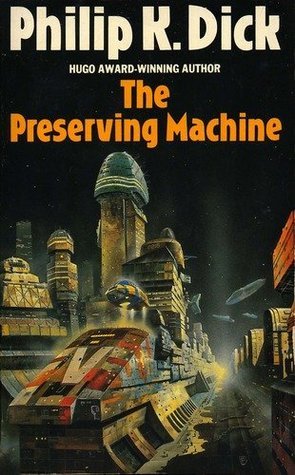
Counter-Clock World
Book Description
Time is unraveling, and life itself is in reverse. In a surreal world where death is a mere pause before life resumes, the boundaries of existence blur in bewildering ways. Characters navigate a landscape riddled with existential dread, while government agents and surrealist cults vie for control over this twisted timeline. Relationships deepen as love and fear intertwine, creating emotional chaos in a reality devoid of certainty. As the fabric of time frays, who will emerge as the true orchestrator of destiny? Explore a realm where every choice carries the weight of life and death—what would you sacrifice to reclaim a future?
Quick Book Summary
"Counter-Clock World" by Philip K. Dick is a mind-bending exploration of a world where time itself runs backwards. In this speculative dystopia, the dead rise from their graves and grow younger over time, while societal norms are turned upside-down. The book follows Sebastian Hermes, the owner of a small enterprise tasked with aiding resurrected individuals, as he becomes embroiled in a high-stakes race to find the resurrected religious leader, Anarch Peak. Competing factions, including government agencies and religious cults, vie for control over Peak, believing his influence could determine the shape of the new world. As reality unravels and authority is challenged, personal relationships are tested by the uncertainty and chaos of reversed time. Through its unique premise, the novel delves into existential questions about mortality, identity, power, and the mutable nature of human society.
Summary of Key Ideas
Table of Contents
Time Reversal and Its Societal Impacts
In Philip K. Dick’s "Counter-Clock World," Earth has been upended by the mysterious Hobart Phase, a cosmic phenomenon that causes time to flow backwards. The dead reawaken in their graves and begin to age in reverse, eventually regressing into infancy. This reversal upends all aspects of daily life, from the basic functions of eating and living to societal and religious practices. People now use ‘old’—speaking backwards and performing actions in reverse. Social structures and relationships become complicated, as family members must contend with loved ones returning after death, and the world adapts to this radical new normal.
Resurrection, Death, and the Meaning of Existence
Amidst this chaos, Sebastian Hermes runs the VitaCorp, a small business dedicated to recovering and assisting the recently "old-born"—individuals resurrected from death. Hermes’s routine is shattered when he learns that the influential religious figure, Anarch Peak, is about to rise. Along with his wife Lotta, Hermes becomes a key player in a dangerous quest to locate Peak, aware that the powerful will stop at nothing to control him. Their pursuit plunges them into philosophical and physical dangers, as alliances form and dissolve among political, governmental, and religious factions.
Power Struggles Among Factions
The resurrection of Anarch Peak triggers a vicious struggle among various groups, including the Library, which seeks to destroy books to maintain control over historical truth in a world moving backwards, and the antagonistic governmental and religious authorities, who each have their own designs for Peak. The book questions how leaders and ideologies shape societies, particularly when the very definition of life and death becomes blurred. Dick uses these power dynamics to explore the fragility and impermanence of human institutions under existential threat.
Identity, Memory, and Subjectivity
As time unravels, characters grapple with profound personal and philosophical questions. The book delves into the experience of living in reverse, highlighting the instability of identity and memory. The recently resurrected struggle to adapt, losing memories as they grow younger. Relationships are put under strain by the reversed aging process, the confusion wrought by shifting experiences, and the existential uncertainty of a constantly changing reality. Dick raises questions about what it means to persist amidst so much loss and transformation.
Love and Loyalty in a Changing World
Despite the dystopian setting, "Counter-Clock World" is deeply human. The connections forged between characters, particularly between Sebastian and Lotta Hermes, bring emotional resonance to the bizarre, unsettling world. As love and fear become tangled responses to rapidly shifting circumstances, the novel ultimately asks readers to consider the nature of destiny, the value of connection, and the sacrifices people are willing to make for hope, meaning, and a semblance of future—no matter which direction time flows.
Download This Summary
Get a free PDF of this summary instantly — no email required.





